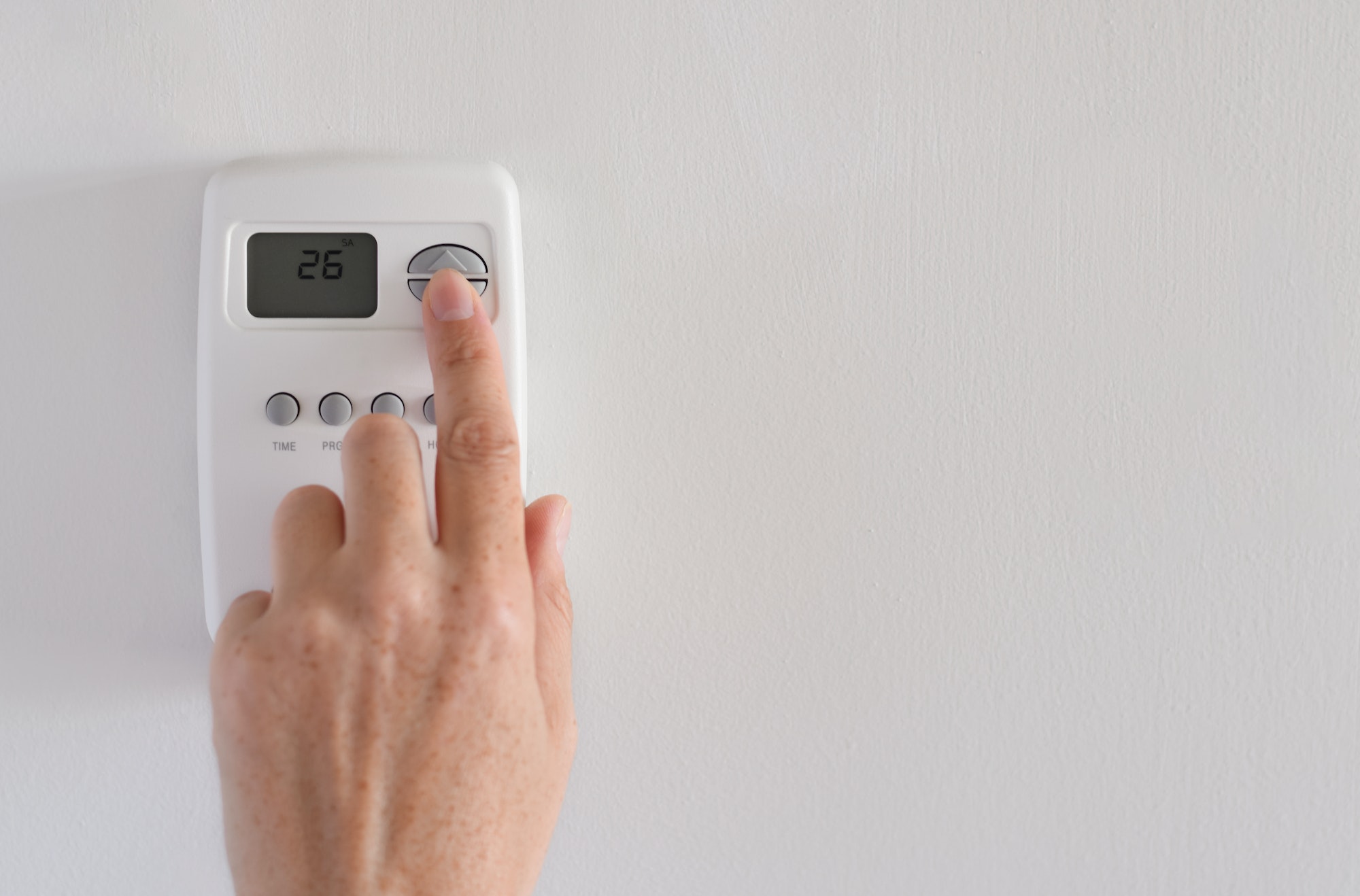As climate change and the urgency to lower greenhouse gas emissions become pressing concerns, green building design is gaining traction. This approach to architecture aims to minimize environmental impacts, use resources efficiently, and enhance the comfort and well-being of building occupants. A crucial aspect of green building design is the incorporation of eco-friendly and energy-efficient Heating, Ventilation, and Air Conditioning (HVAC) systems.
In this blog post, we will delve into the significance of HVAC systems in green building design.
Energy Conservation And HVAC Systems
A substantial amount of worldwide energy consumption stems from buildings, with HVAC systems being major energy users in residential and commercial structures. Consequently, boosting the energy efficiency of HVAC systems is vital for the successful implementation of green building design.
To enhance the energy efficiency of HVAC systems, architects and engineers employ strategies such as using high-efficiency equipment, accurately sizing the system, and performing regular HVAC services in Indio, CA.
High-efficiency HVAC equipment can considerably lower energy consumption since it requires less energy to deliver the same level of comfort compared to traditional systems. Accurate sizing of the HVAC system ensures that it can fulfill the building’s heating and cooling needs without unnecessary energy expenditure.
Routine maintenance of HVAC equipment, including cleaning and servicing, helps maintain its efficiency and extend its life, further decreasing energy consumption and greenhouse gas emissions.
Incorporation Of Renewable Energy Sources
Integrating renewable energy sources to meet a building’s energy requirements is another essential aspect of green building design. By combining HVAC systems with renewable energy sources like solar panels or wind turbines, a building’s dependence on fossil fuels can be minimized, and its carbon footprint reduced.
For instance, solar energy can be harnessed to heat water in a solar thermal system or generate electricity via photovoltaic panels to power the HVAC system.
Alternatively, wind energy can be captured through wind turbines to produce electricity for the building’s energy needs, including the HVAC system.
Adopting Passive Design Techniques
Passive design techniques involve capitalizing on the building’s architecture and materials to lessen the dependence on HVAC systems for temperature regulation.
These techniques include optimizing building orientation, using advanced insulation, and incorporating natural ventilation. By adopting passive design techniques, green building design can minimize the necessity for mechanical HVAC systems, thereby reducing energy consumption and environmental impacts.
For example, a building designed to optimize natural sunlight exposure can benefit from passive solar heating during colder months, decreasing the need for supplementary heating from the HVAC system.
Advanced insulation helps maintain a comfortable indoor temperature by minimizing heat transfer between the building’s interior and exterior. Natural ventilation, achieved through strategically positioned windows and vents, can regulate indoor air temperature and humidity without relying on energy-intensive mechanical systems.
Enhancing Indoor Air Quality
Green building design not only concentrates on minimizing the environmental impacts of buildings but also on promoting occupant health and well-being. HVAC systems serve a crucial function in maintaining indoor air quality by controlling temperature, and humidity, and providing adequate ventilation.
Properly designed and maintained HVAC systems can eliminate indoor pollutants like volatile organic compounds (VOCs), allergens, and particulates, leading to a healthier indoor environment.
Energy Recovery Ventilation (ERV) and Heat Recovery Ventilation (HRV) systems are examples of eco-friendly HVAC technologies that help maintain indoor air quality while decreasing energy consumption.
These systems recover heat from exhaust air and utilize it to precondition incoming fresh air, minimizing the energy needed for heating or cooling the incoming air.
Conclusion
In summary, HVAC systems play a pivotal role in green building design, contributing to energy conservation, indoor air quality, and overall building performance. By incorporating high-efficiency equipment, renewable energy sources, and passive design techniques, HVAC systems can effectively support the goals of sustainable architecture.
Discover more from Futurist Architecture
Subscribe to get the latest posts sent to your email.



